Abdominal Aortic Aneurysm
When the wall of a blood vessel weakens, a dilation called an aneurysm can develop. This happens most often in the abdominal aorta, the main artery that supplies blood to the legs.
Symptoms
- Usually hidden, in most cases, and found when you are being tested for something else.
- If you feel sudden, severe pain in your abdomen or back, seek immediate care. These symptoms may mean that you have a ruptured AAA.
Causes
Many factors contribute to the development of AAA, due to inflammation and degeneration of the vessel wall. Age, high cholesterol, and smoking are associated with AAA. Smoking is the most important risk factor for enlargement and rupture of AAA. A family history of a AAA puts you at a higher risk for the development of an aneurysm.
Diagnosis
An abdominal ultrasound is safe, painless, and cost-effective, and is the most frequently utilized test to screen for and measure the size of an AAA. However, most AAA are found on CT scans performed for other reasons. A special type of CT scan called CT angiography is used to measure specific aspects of the aneurysm to decide whether surgery is needed, and how best to fix the aneurysm.
Treatments
Treatment depends on the size of the aneurysm.
- Small aneurysms (less than 5cm in diameter) have a very low risk of rupturing, but should be monitored with ultrasound every 6-12 months. If you smoke, you need to make every possible effort to quit. There are many resources available to assist you.
- Larger aneurysms (more than 5.0-5.5cm in diameter), as well as rapidly enlarging and causing symptoms are usually repaired.
- Open surgery requires an incision on the abdomen, and placement of a prosthetic graft. Most patients stay in the hospital 4–5 days, and full recovery time may be up to 3 months.
- Endovascular aneurysm repair (EVAR) is a less invasive treatment, only requiring small groin incisions or sometimes only a needle-stick. Guided by X-ray imaging, the vascular surgeon introduces a tiny device into the artery, reinforcing the vessel wall and excluding the aneurysm. Most patients stay in the hospital 1–3 days. Recovery time is shorter than with open surgery. Luckily, about 75% of aneurysm patients can be treated by EVAR.
